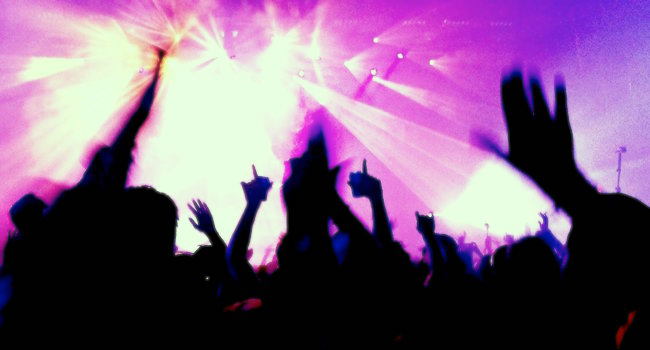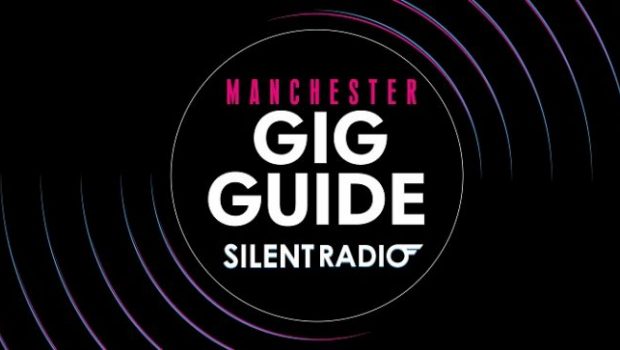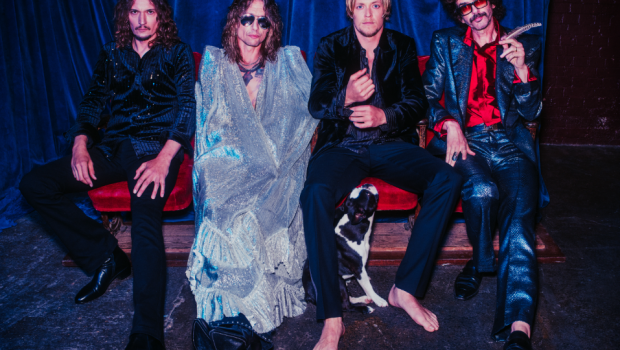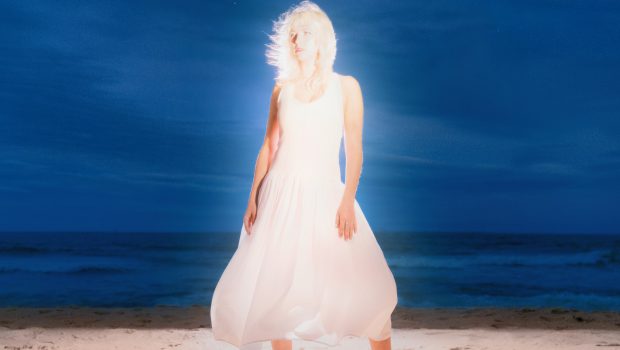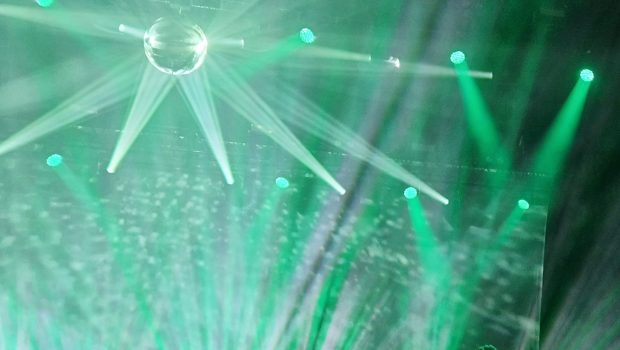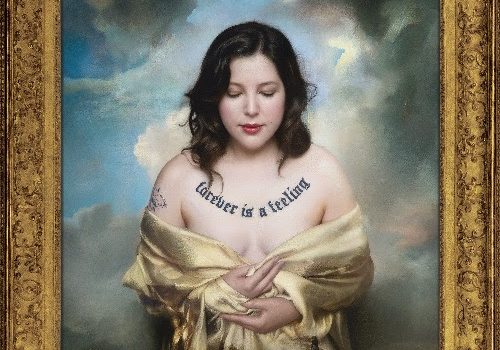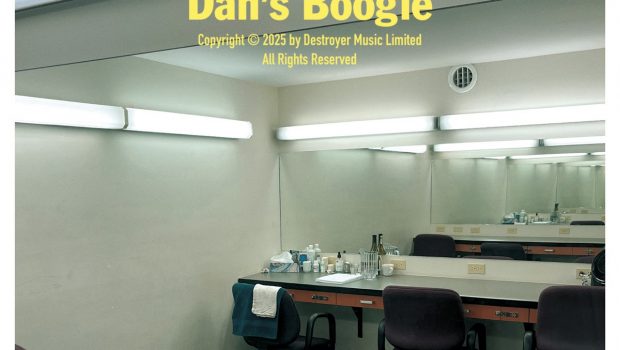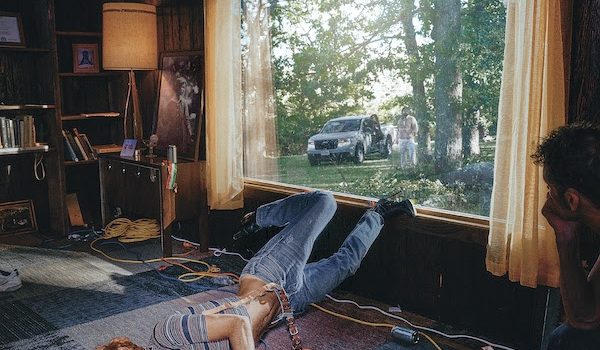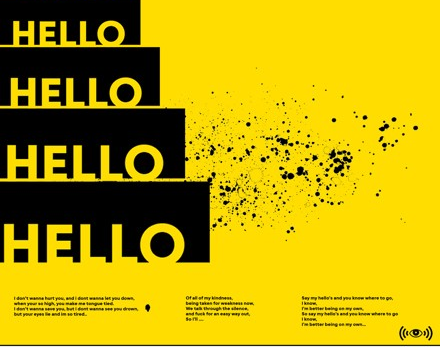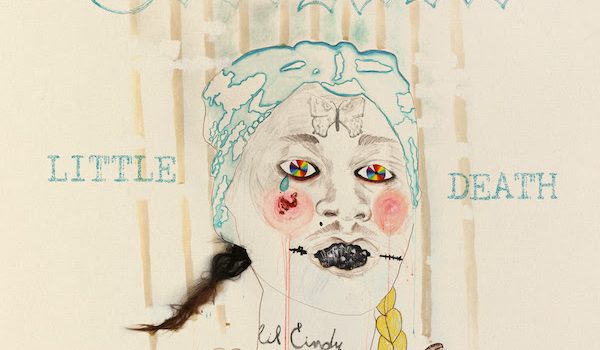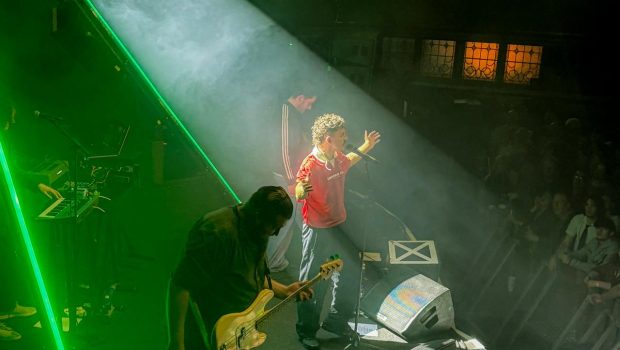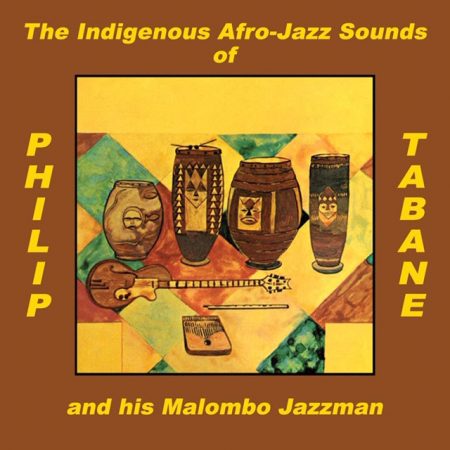 Is the association of jazz with heroin a fairly universal thing or have I inherited this unrealistic stereotype based on mid-20th-century cinema’s lazy caricaturing of counter-culture and “hippy music”?
Is the association of jazz with heroin a fairly universal thing or have I inherited this unrealistic stereotype based on mid-20th-century cinema’s lazy caricaturing of counter-culture and “hippy music”?
It would seem there is more “substance” to it, both in the supremely talented opiate-using US jazz maestros Miles Davis and Charlie Parker and in a report1 over 60 years ago which found “jazz band musicians are the second most frequently found addict occupational group” in England (after doctors, who made up 17% of total known addicts at the time!).
In any case, whether it had merit at the time, the modern reality of jazz musicians (and optiate use) seems totally unrecognisable to this outdated view…
… and yet, this album – The Indigenous Afro-Jazz Sounds of Philip Tabane and his Malombo Jazzman – sounds to me very much “out there”. While I’m sure it is not narcotic-influenced, it is full of the kind of sounds I would expect to soundtrack scenes from – at its lightest – an outdoor 1950s San Francisco beat poetry meet, to – at is darkest – one of the later scenes from Apocalypse Now.
About 20 minutes in we get some vocals; I don’t know what they’re saying… which I think illuminates another justification for the cinematic associations… there is something about the discombobulation caused by the unfamiliar words, unpredictable rhythms, unconventional melodies in this music which evokes that altered state. Intoxication is perhaps justly represented the unusual experience of music that often comes without hooks or clear patterns (or which is based on the repeating or counterpointing rhythmically awkward lines and contrasting of seemingly unrelated elements), leaving the audience unsettled, uncomfortable and sometimes feeling transfixed or hypnotised.
The use of music to induce dissociative states has long been practiced in religion and medicine around the world – think gong baths, chanting and mantras, Cuban tambor ceremonies and the ‘Malombo’ drum and dance rituals of traditional healers that give Philip Tabane’s group its name… again, there is a certain “medicinal” connection to be found.
A brief re-entry to the real world and to the actual music itself: openers Inhliziyo and Man Feeling have a quite American feeling, with the guitar taking the lead, and the playing very much in the tradition of the bluesman. Tsela also has the feel of Delta blues guitarist at a free improv session; disjointed but with a warm, major key, traditional jazzy vibe.
Babedi is a much more evocative and pastoral number opening with thumb harp, and flute (or penny whistle?), and remaining sparse throughout; Mahlomola is similar. They remind me of parts of the soundtrack to the Beat Takeshi movie Zatoichi, with a outdoors-y, foreign and untamed vibe. There’s also a really unusual sound on both tracks, which I suspect is a trick here of the flute player, singing along with the notes they as they play.
There are a few glitches on the recording provided on the review stream (and MP3) including some significant digital distortion on both Bebedi and Dithabeng unfortunately; hopefully these won’t be on the sale copies.
Otherwise, no complaints – it’s a very relaxed, unconventional and interesting album… now, where did I leave my smack?
The Indigenous Afro-Jazz Sounds of Philip Tabane And His Malombo Jazzman: Out Now (We Are Busy Bodies Records)

